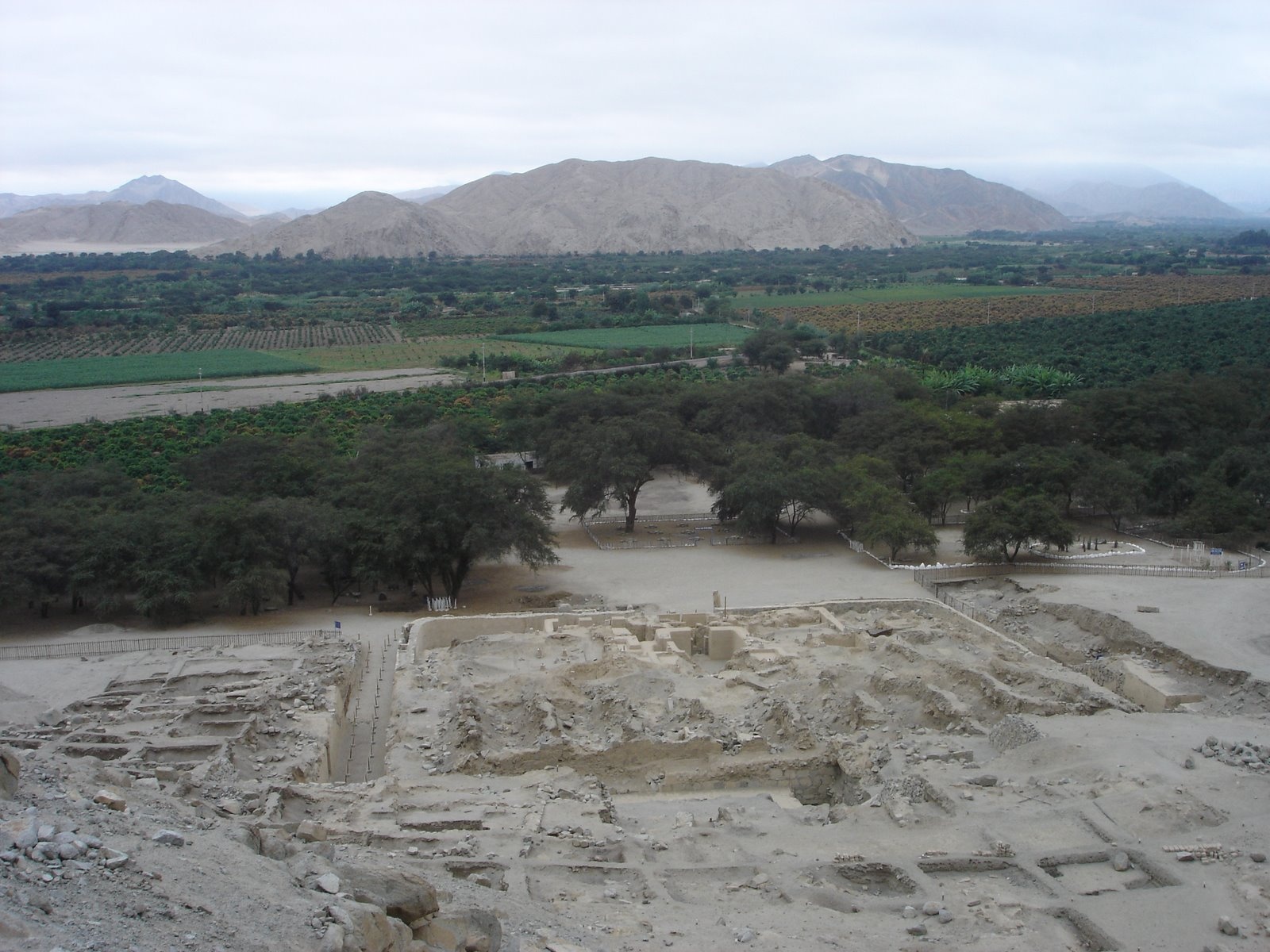Sechín River on:
[Wikipedia]
[Google]
[Amazon]
 The Sechín River is a seasonal river about long in the
The Sechín River is a seasonal river about long in the
Ancash department
Ancash ( qu, Anqash; es, Áncash ) is a department and region in northern Peru. It is bordered by the departments of La Libertad on the north, Huánuco and Pasco on the east, Lima on the south, and the Pacific Ocean on the west. Its capital is ...
of Peru that remains dry for long seasons, increasing its volume at times of rain in the mountains at its source. It is of irregular regime, due to this is known as ''Loco River''. It rises at an altitude of in the Cordillera Negra
The Cordillera Negra ( Spanish for "black range"), Yana Walla in qechua is part of the ''Cordillera Occidental'', one of three mountain ranges in the Andes of west central Peru. It is almost entirely located within the Ancash Region.
The range ex ...
and it ends by flowing into the Casma River
The Casma River, which upstream is called Río Grande, is a river that crosses northern Casma province in the Ancash Region of Peru. It originates in the Black Mountain Range and drains into the Pacific Ocean. Major tributaries include the Sech ...
about inland from the Pacific Ocean
The Pacific Ocean is the largest and deepest of Earth's five oceanic divisions. It extends from the Arctic Ocean in the north to the Southern Ocean (or, depending on definition, to Antarctica) in the south, and is bounded by the contine ...
. The Casma-Sechin basin runs down the western slopes of the Andes mountain range - one of the world’s driest deserts. The city of Casma, population 30,000, is located near the junction of the two rivers. The Pan-American Highway
The Pan-American Highway (french: (Auto)route panaméricaine/transaméricaine; pt, Rodovia/Auto-estrada Pan-americana; es, Autopista/Carretera/Ruta Panamericana) is a network of roads stretching across the Americas and measuring about in ...
crosses the Sechin River at Casma.
Historical records showed that the Sechín was severely affected by flooding in 1925 from an extremely strong El Niño
El Niño (; ; ) is the warm phase of the El Niño–Southern Oscillation (ENSO) and is associated with a band of warm ocean water that develops in the central and east-central equatorial Pacific (approximately between the International Date ...
cycle. Elders alive at the time recounted that the rains of 1925 were significantly stronger than those in 1871 and 1891, although the rains from 1891 were considered "calamatious."
The archeological site of Cerro Sechín
Cerro Sechín (also Sechín de las Estelas) is an archaeological site in Casma Province of Ancash Region in northern Peru. Dating to 1600 BC, the site was discovered by Peruvian archaeologists Julio C. Tello and Toribio Mejía Xesspe on July 1, ...
was discovered near the Sechín River by Peruvian archeologist Julio C. Tello
Julio César Tello (April 11, 1880 – June 3, 1947) was a Peruvian archaeologist. Tello is considered the "father of Peruvian archeology" and was the first indigenous archaeologist in South America.
He made the major discoveries of the prehist ...
in 1937. Cerro Sechin is one of the archaeological sites of the Casma–Sechin culture along the two rivers. The Casma-Sechin culture is one of the oldest civilizations in the Americas with monumental architecture dating back to 3600 BCE.
See also
*Cerro Sechín
Cerro Sechín (also Sechín de las Estelas) is an archaeological site in Casma Province of Ancash Region in northern Peru. Dating to 1600 BC, the site was discovered by Peruvian archaeologists Julio C. Tello and Toribio Mejía Xesspe on July 1, ...
*Mojeque
Mojeque, or ''Pampa de las Llamas-Moxeke'', is a large archaeological site located in the Casma Province of Ancash Region in northern Peru. Archaeologists believe it functioned as a temple or religious structure. It contains two large mounds, ma ...
References
Rivers of Peru Rivers of Ancash Region {{Peru-river-stub